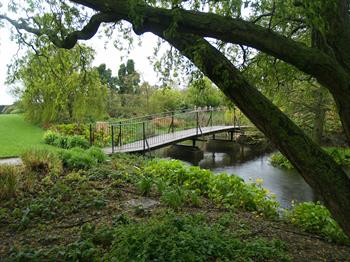
Study horticultural management in amenity horticulture
- Add to your horticultural knowledge
- Enhance your skills as a horticultural manager of parks and gardens
This is an advanced course for horticultural managers, with prior training and/or experience, who are seeking to further develop their skills in horticultural management. The course investigates the nature and scope of Amenity Horticulture with respect to providing, establishing and managing amenity horticulture sites.